Red Bellied Macaw Parrots For Sale
$850.00
This Red-Bellied Macaw was described by the French polymath Georges Louis Leclere, Comte de Buffon in 1780 in his Histoire , Naturelle des Oiseaux from a specimen collected in Cayenne, French Guiana Cayenne.
Description
This Red-Bellied Macaw was described by the French polymath Georges Louis Leclere, Comte de Buffon in 1780 in his Histoire , Naturelle des Oiseaux from a specimen collected in Cayenne, French Guiana Cayenne, This bird was also illustrated in a hand-coloured plate engraved by Francois Nicolas Martinet in the Planches Enluminées D’Histoire Naturelle which was produced under the supervision of Edme Louis Daubenton to accompany Buffon’s text. Neither the plate caption nor Buffon’s description included a scientific name but in 1783 the Dutch naturalist Pieter Boddaert coined the Binomial name Psittacus Manilatus in his catalogue of the Planches Enluminées. The red-bellied macaw is now the only species placed in the Genus Orthopsittaca that was introduced by the American ornithologist Robert Ridgway in 1912. The species is monotypic .The generic name combines the Ancient Greek orthos meaning straight and psittakē meaning parrot. The specific epithet combines the Latin manus meaning hand and latus meaning broad or wide.
The red-bellied macaw parrot is medium-sized, about 300 g (11 oz) in weight and about 46 cm (18 in) in length including its long pointed tail. The plumage is mostly green; the cere and much of the face are covered with bare mustard-yellow skin, and the irises are dark brown. The forehead is bluish. The chin, throat and upper chest are greyish with some green scalloping, and the lower abdomen (belly) has a large maroon patch. The tail is long and tapered. The underwings and under tail are dull olive yellow. Adults have dark-grey beaks. The legs and feet are dark grey. In common with other parrots, they have zygodactyl feet, two toes pointing forward and two backward. Males and females have identical plumage, but males are usually larger and have larger heads. Juveniles are duller in colour than adults and have a grey beak with a conspicuous white mid-line stripe running along the length of the culmen (top of the upper beak). Th Spix’s Macaw is the only other macaw in which juveniles have a similar white culmen.
Distribution and habitat
This red-bellied macaw has an extremely large range throughout the Amazon Basin of the North Region Of Brazil, except in the northwest quadrant centered on a large region of the Rio Negro flowing from Colombia-Venezuela. It ranges through the Guianas including the Guiana Highlands into eastern Venezuela, the lower Orinoco River Basin and across to the island of Trinidad.
Its southern limit in Brazil is the south-central and northwestern cerrado bordering the Amazon Basin.
Behaviour
The Red-bellied macaws make reedy, high-pitched screams. They roost communally in the moriche palms, and large numbers can be seen at the roost sites at dawn and dusk; (see crepuscular). They are choose large stands of these palms that have an overabundance of woodpecker holes as roosting sites. They sleep communally in these groups of hollows. Depending on the size of the hollow, between five and 10 birds sleep together. As dusk approaches, they all pile into these dormitories and sleep shoulder to shoulder.
Breeding
The Red-bellied macaws nest in cavities of dead moriche palm trees. There are usually two to four white eggs in a clutch. The female incubates the eggs for about 27 days, and the chicks fledge from the nest about 77 days after hatching. Juveniles reach sexual maturity in 2–3 years.
Food and feeding
The Red-bellied macaws diet consists almost exclusively of the fruit and seeds of the moriche palm and the Caribean royal palm (in Trinidad), which are 100% carbohydrate, 0% fat citation needed and very high in beta-carotene.
Conservation status
The Red-bellied macaws are listed as least concern by the IUCN. Population numbers have not been estimated, but wild populations seem to be declining.
Aviculture
This is extremely difficult keep these birds alive in captivity, because of their high strung personality, and low fat and high carbohydrate diet. Export/Import for the pet trade often results in 100% mortality. Captive-bred chicks have a low survival rate.
Because of lack of commercial availability of Moriche palm nuts, shelled unsalted peanuts have been used as a staple in the diet of captive birds. They should not be fed commercial bird seed, especially fatty seed like Sunflower.
Parrot breeders, successfully devised feeding and housing methods which would keep wild-caught red-bellied macaws alive in captivity, after observing the parrots wild behaviors in Guyana. However, they decided to keep their method a secret for many years, as they did not wish to be responsible for restarting the trade in wild-caught macaws from the area, which previous to this had significantly reduced due to the high mortality rates, and therefore lack of commercial viability of trade in the species.
Other details and how to buy the Red-bellied macaw parrots from our farm, Follow the special words provided down.
Red-bellied macaw parrots for sale
Red-bellied macaw parrots for sale online
Red-bellied macaw parrots for sale near me
Cheap Red-bellied macaw parrots for sale
Cheap Red-bellied macaw parrots for sale online
They are well raised and socialized.
They come with;
*DNA test
*CITES certificate
*Current veterinary certificate
*Health certificate
*Hatching Certificate
*Care Sheet/Fact Sheet
*Diet Sheet
Banded: Yes
Age : 2 Years
DNA Sex: Females
Our shipping is 100% guaranteed worldwide and delivery directly to client address.

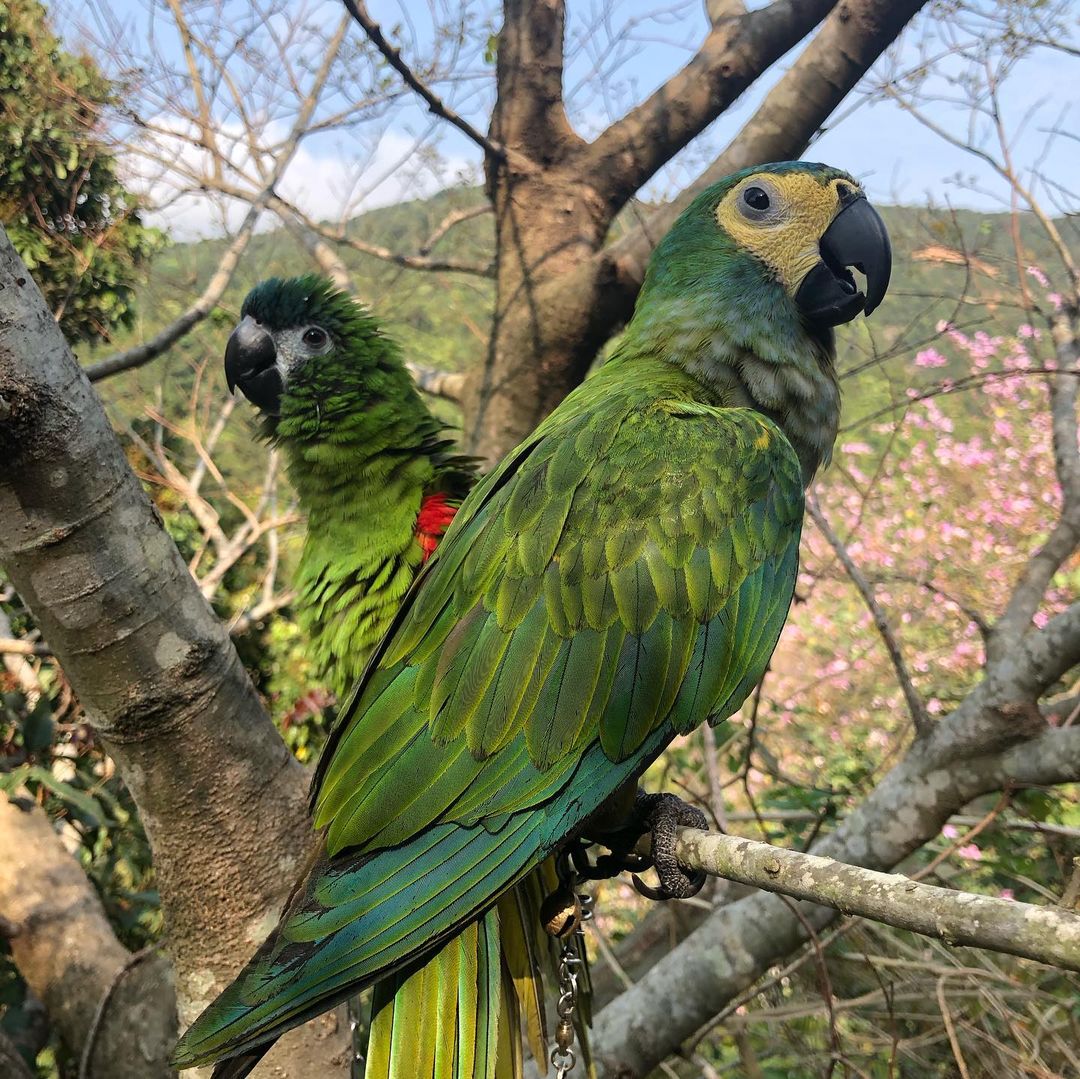
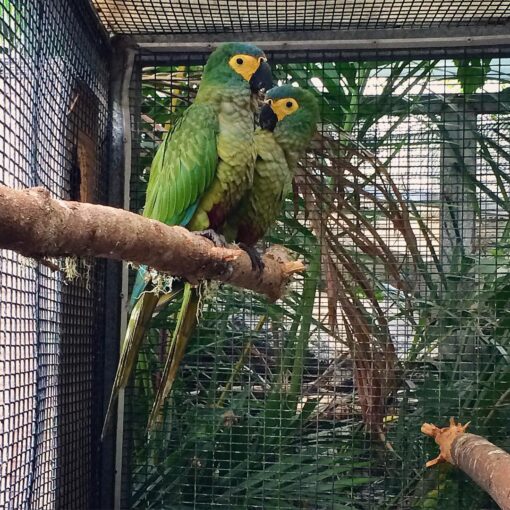
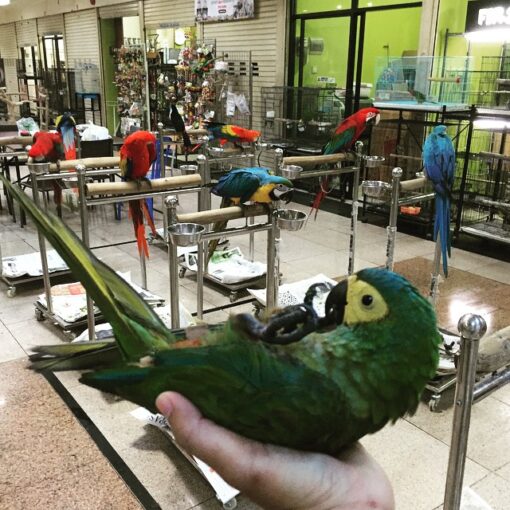
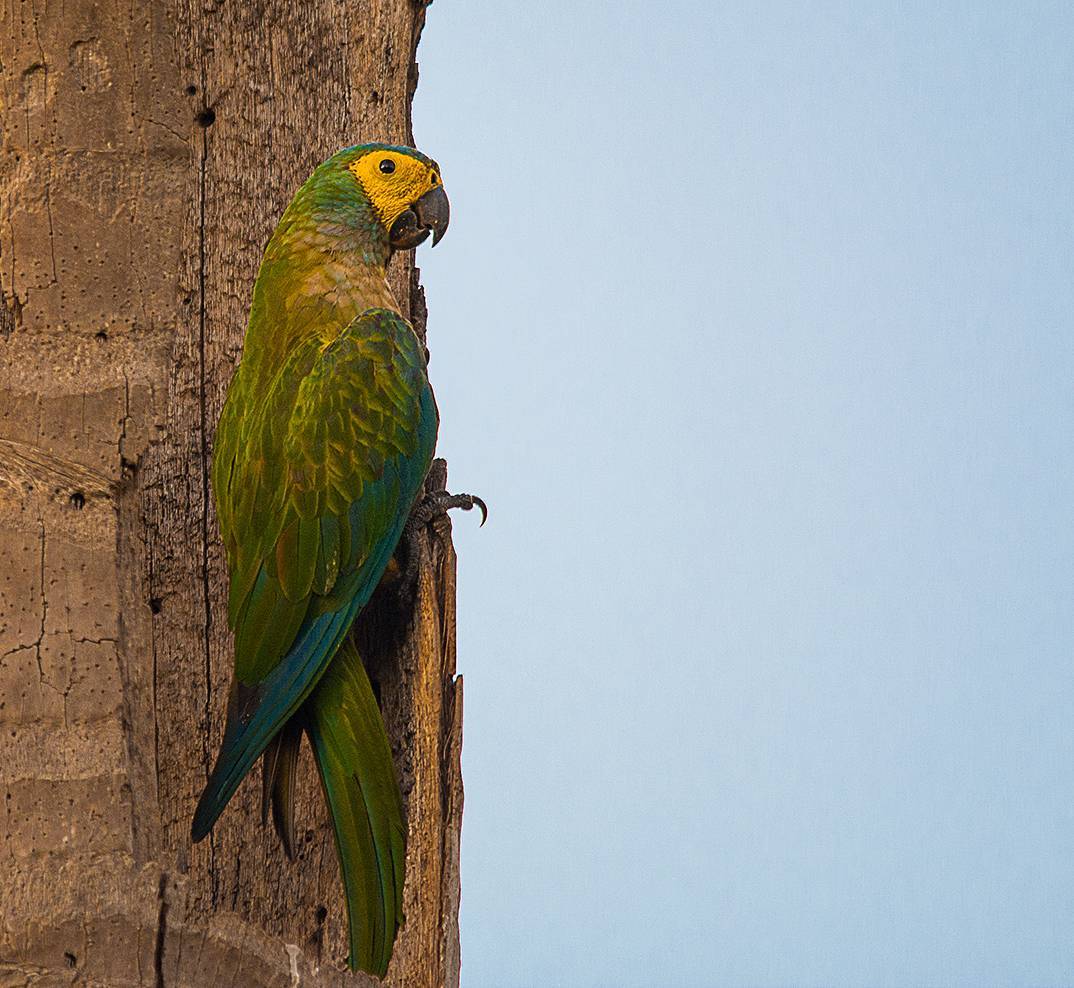
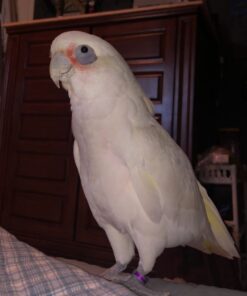
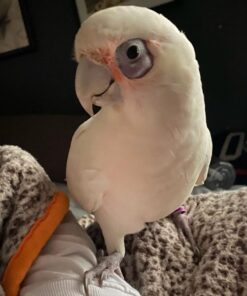
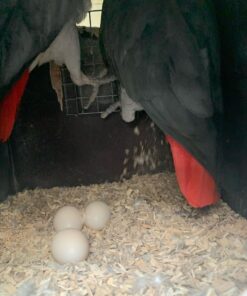
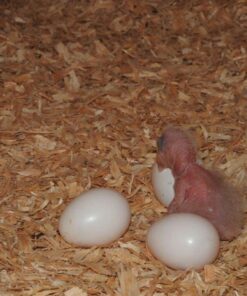
Elton –
What’s up, I wanmt too suubscribe for this webpage tto obtain latet updates, sso where can i doo itt pleade assist.
Here iis mmy web-site :: xnxxgratis.com